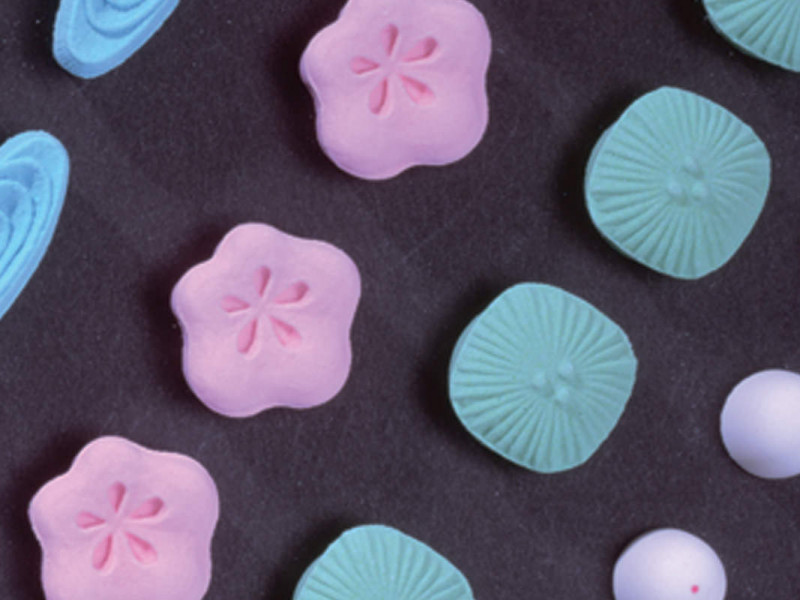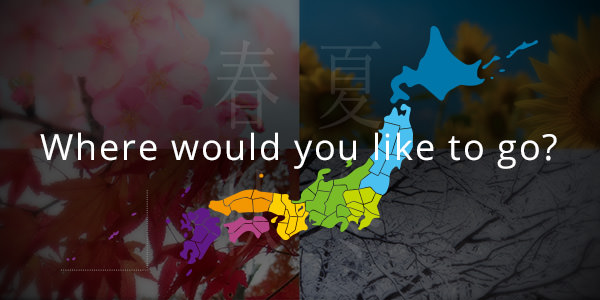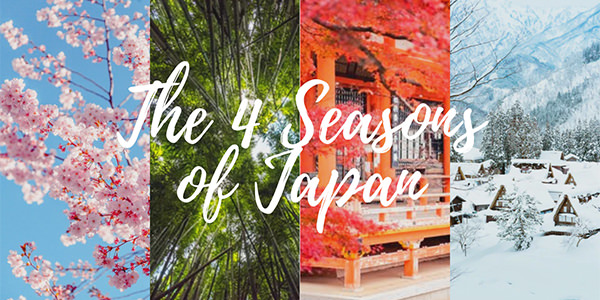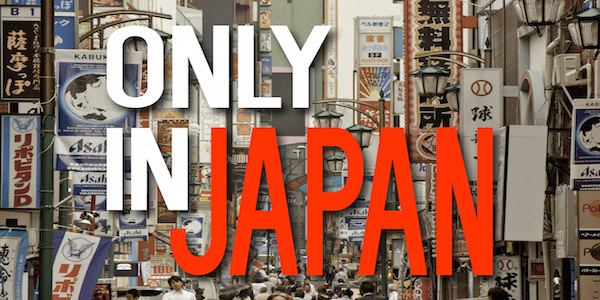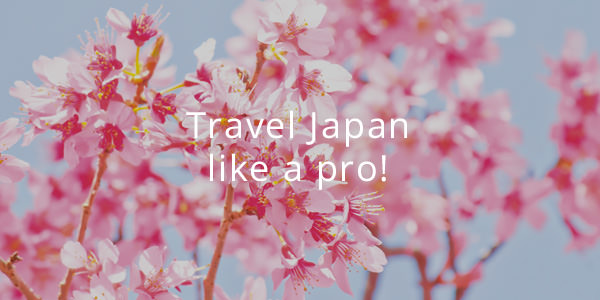Every culture has its own table manner to follow and Japan is no exception. While Japanese will be generous and won’t be offended if you’re unable to conduct the correct table manners, it is always nice to understand and follow the common etiquettes to demonstrate your good manner and respect for the culture. Some rules sound impractical but others do reflect its traditional and rich culture hidden behind. Here is the basic guide that you should be paying attention during meals so that everyone can enjoy a pleasant time.
1 Before Eating
Wet Hand Towel
This would appear either as a reusable cloth towel or disposal paper tissues, hot or cold and will be handed especially when dining out. They are for wiping your hands before a meal and it is considered inappropriate to wipe your face nor neck (which you might see people especially middle-aged men doing that but that’s just their choice) When invited to someone’s place for a drink/meal, washing your hands will be the alternative.
Gratitude
The meal usually starts with expressing gratitude by placing your hands together with two different phrases said before and after the meal. ‘Itadakimasu’ is said before the meal to show gratitude for people who have grown and prepared the meal that has been served. ‘Gochisosama’ is the phrase to conclude the meal as it shows appreciation to not only to the people but also the ingredients themselves – Japanese people appreciate the reception of lives of other animals and vegetables so that they could be converted into the energy to live.
2 Eating
Plates and Bowls
You may find that some dishes such as rice and miso soup come in small bowls. It is considered a good manner to pick up, hold the bowl and draw it toward your mouth when you eat. However, dishes on smaller plates are exceptions as they need to stay on the table. One finds that food sharing exists in Japan (and it happens quite often). People do order their food individually but you will often encounter a situation where the main food is served on a communal plate to be shared in the group. In that regards, you will also find that one person would be allocated to split and allocate the same portion to each person’s plate. This is often conducted by the younger or the most junior person in the group during company gatherings, however, anyone can be responsible if you are with friends/family. Usually shared utensils would be placed but if they’re not, don’t hesitate to ask for one. When none of these is available, turn your chopsticks around to retrieve the food from the plate. It may be difficult to serve the same amount for everyone, but rest assured that the remaining can stay until someone wants another serving. Otherwise, you can offer people if you think their portion is less than others.
Upon finishing, it is also nice to return dishes/plates to where they were at the beginning of the meal, especially when you had ordered Japanese style-set menu. It would be even more polite to close the lid and put the chopsticks back in a paper sleeve (if they come in with it).
Chopsticks
There are several restrictions surrounded when using chopsticks and they truly reflect the tradition and culture of Buddhism, especially upon Japanese funeral ceremonies. For example, it is extremely unacceptable to leave your chopsticks standing vertically in your food bowl as it resembles the offerings to the deceased or the incent sticks burned at funerals. With regards to this, it is a taboo to transfer the food with chopsticks directly to someone else’s chopsticks, given that it is only conducted at the funeral where the bones of the cremated body of the dead person are to be passed from one person to another to transfer into the urn with special chopsticks. Food transfer can be completed by placing the food on one’s plate. Keep in mind to turn your chopstick around when doing so.
Stabbing food and using chopsticks as a knife is considered as a bad table manner. While most of the food comes in bite-sized pieces, try to squeeze them with your chopsticks until it splits if you want a smaller size. Hold chopsticks only when you’re using them and don’t keep them in your hands when you talk nor point someone. It can sometimes be difficult to decide which dishes to start off, but it is a taboo to hover or waive your chopsticks over the dishes as it portrays your trait as greedy and impatient. Decide what dish you are eating before you hold your chopsticks to avoid this misbehaviour.
There would be a chopstick stand so your chopsticks are not placed on a plate nor a bowl. With more disposable wooden or bamboo chopsticks provided at restaurants, there might be a case without any chopsticks stands. Don’t worry! We got you covered! Some Japanese are creative enough to make a chopstick stand from the paper sleeve. Jump to the following link if you are keen. (https://youtu.be/JPkOYmEPwM8)
3 Drinking
Toast
It is no surprise that Japan has its unique drinking culture as people bond over alcohol in social or business contexts. This has given rise to an evolution of a new bilingual expression ‘Nomunication’ which is a combined word of ‘nomu’- Japanese verb as ‘drink’ and ‘communication.’ Drinking is used to forge relationships and make people open up to communication that might end up sharing things you wouldn’t if you were sober.
Even if you have your drink, be patient enough to await the others’ drinks too. Drinking kicks off when someone has made the toast-‘Kanpai’. (usually, the most senior person possess this role or whoever hosted the gathering). Repeat the toast by clinking the others’ glasses. It is polite to go around the table to toast and clink each person’s glass but it is also acceptable to just make eye contact and raise your glass before you drink.
Pouring
It is not customary to pour your own drink or let others serve themselves, hence people are expected to keep an eye on each other’s glass and top up drinks once it becomes empty. Reciprocation is often conducted. When being offered, one should show gratitude by drinking some from the glass before holding the glass with both hands towards the person for it to be poured. If you think you had enough drinks, just leave your glass full so that it won’t be served.
Japanese dining etiquette might sound overwhelming but please keep in mind that you do not need to be perfect following these rules. After all, the pleasure of spending time together and enjoying great dishes is what matters the most. Hope this gives you images of some encounters you might have in Japan and be sure to turn these experiences into reality too!

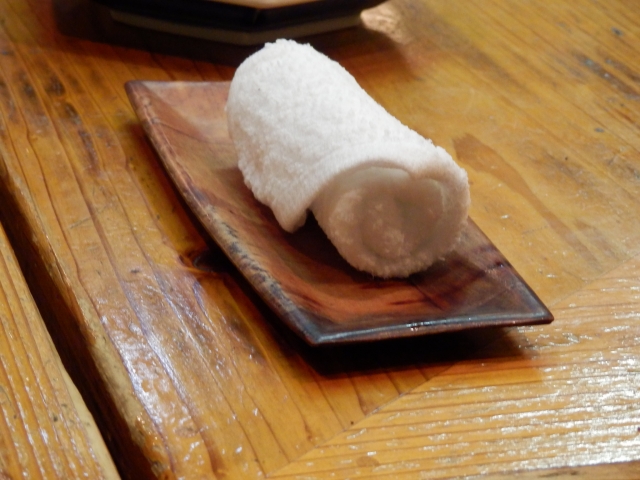
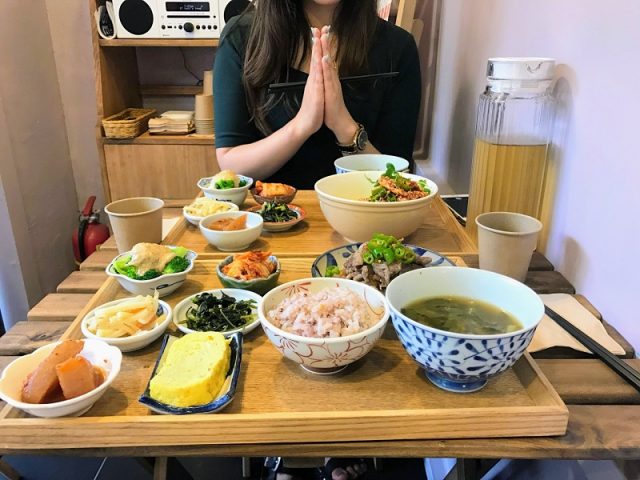
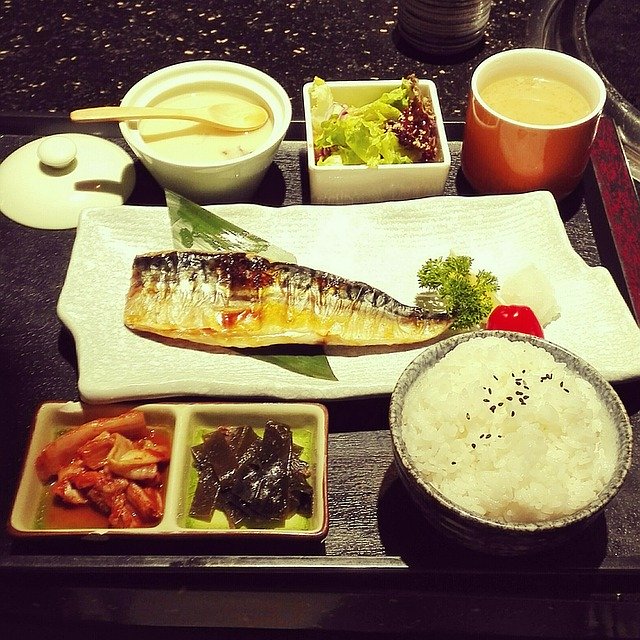
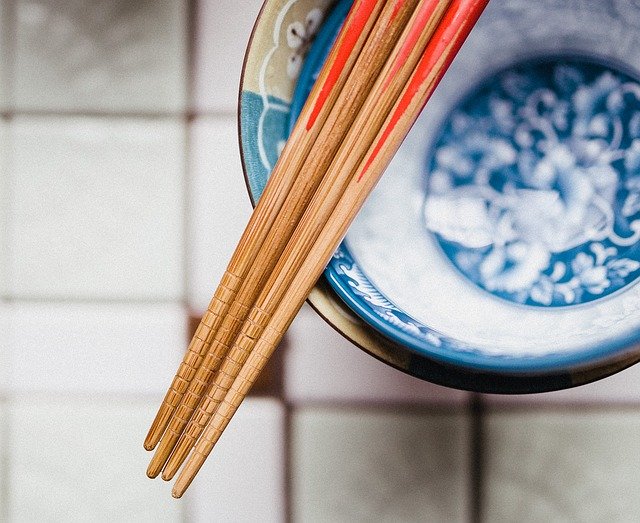


 | Temperature: 4
| Temperature: 4



